
Pharmaceutics and Drug Delivery Research Centre
Research in this centre is focused on the design, development and translation of formulations and the materials and processes which turn drugs into medicines. Our major aim is to carry out research that improves health by achieving improvements in drug bioavailability, patient compliance and safety.
Activities are concentrated on the development of formulations to address major global issues, resolutions for hard-to-deliver drugs and the development of materials to provide enhanced functionality for drug delivery. We have a track record of world-class research with collaborations with NHS, industry and other academic institutions. We also host an International Clinical Research Unit, collaborating on clinical activities.
We deliver high quality training to researchers in all areas related to pharmaceutics and drug delivery in a research environment that fosters a multidisciplinary approach
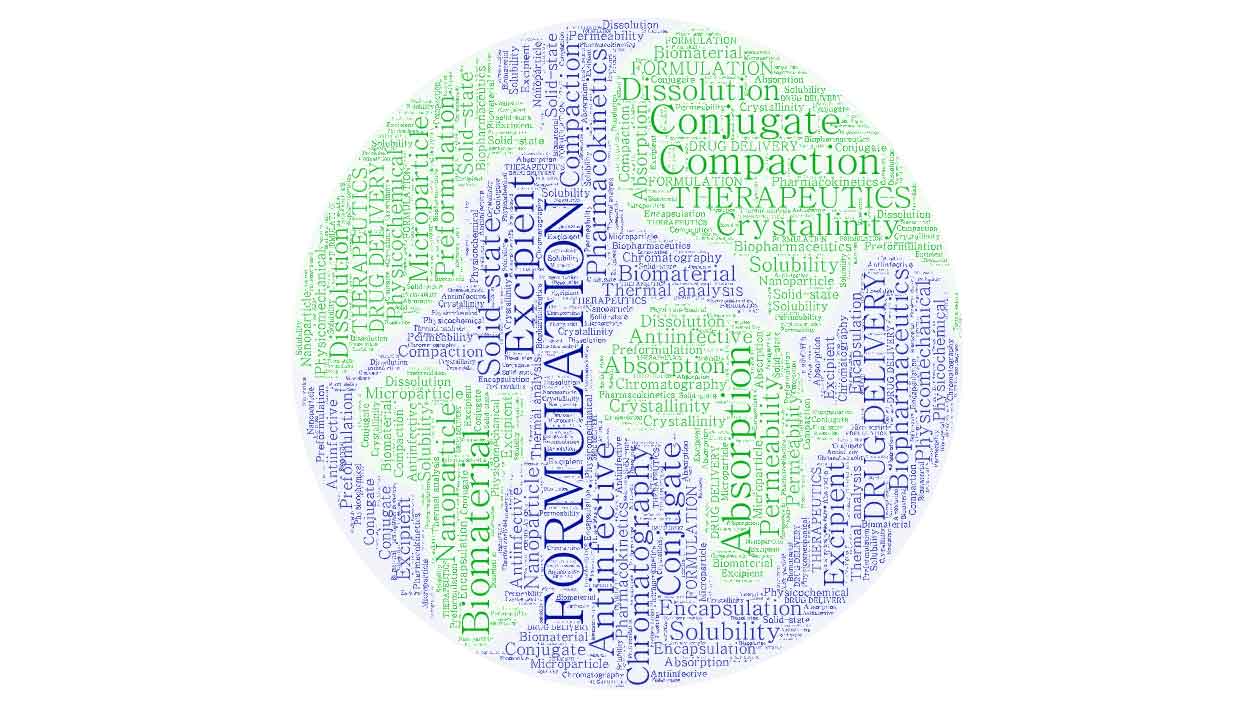
Projects and Research Areas
Find out about our projects and research themes.
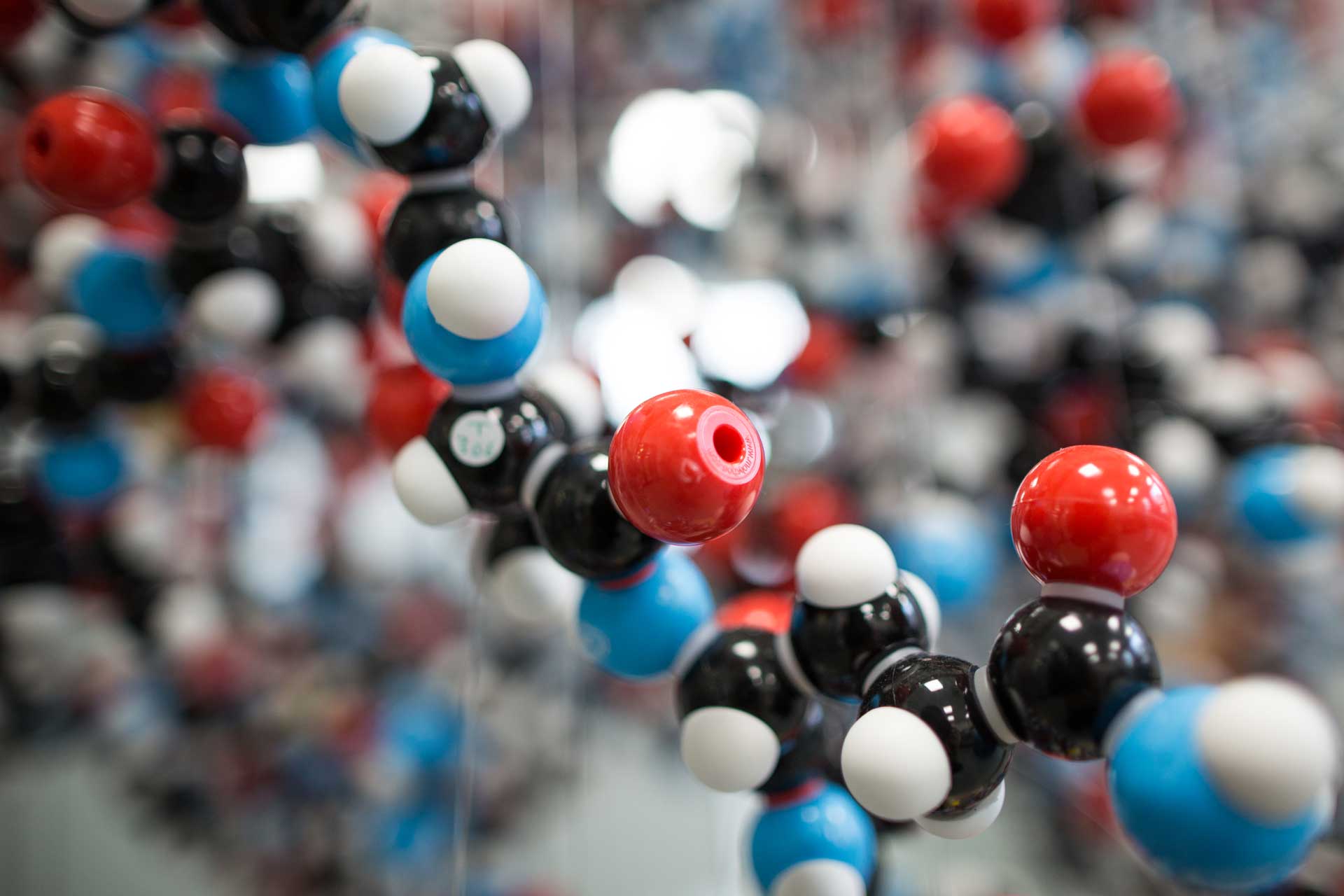
Impact
How our work makes a difference
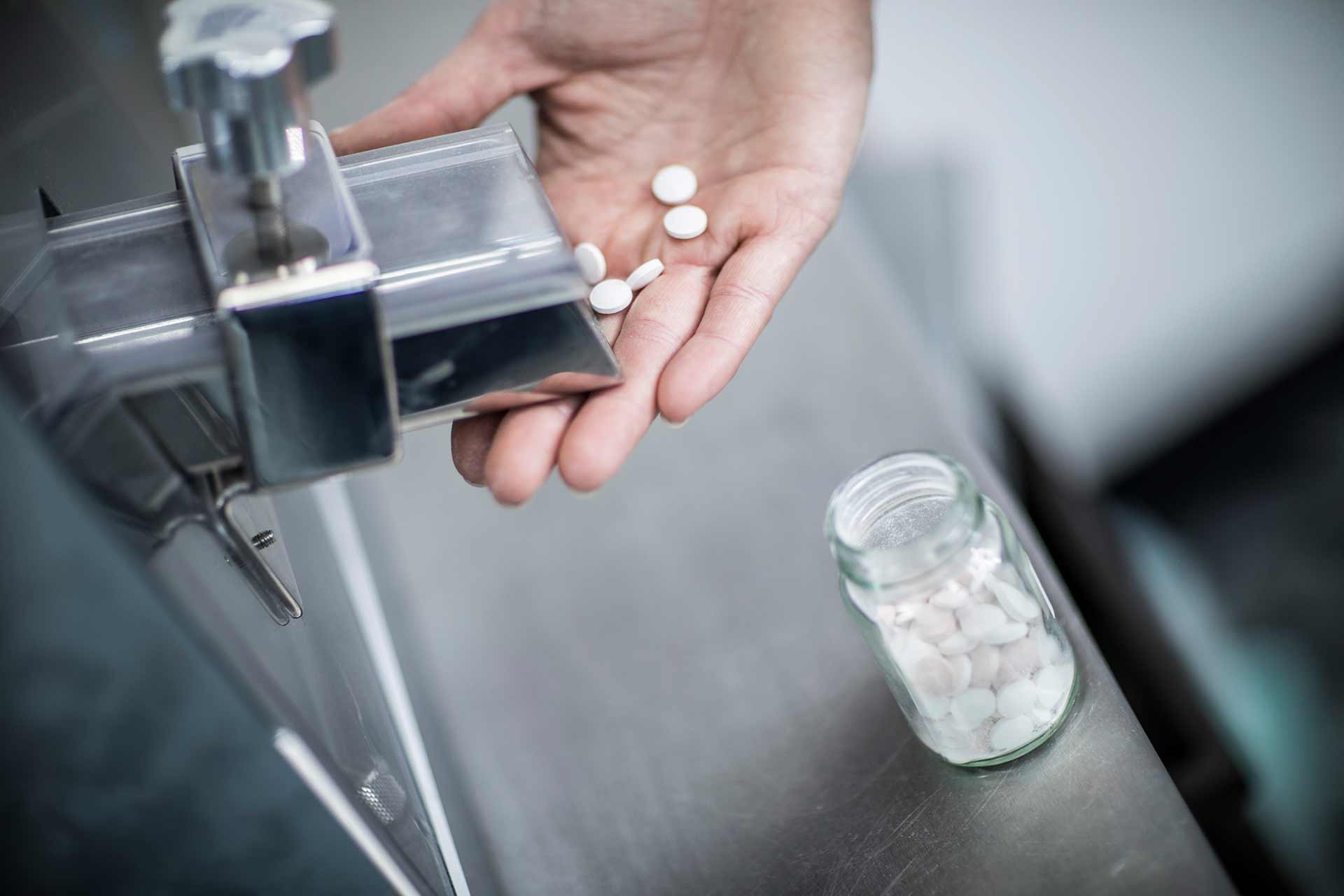
Facilities
Our laboratories and instrumentation
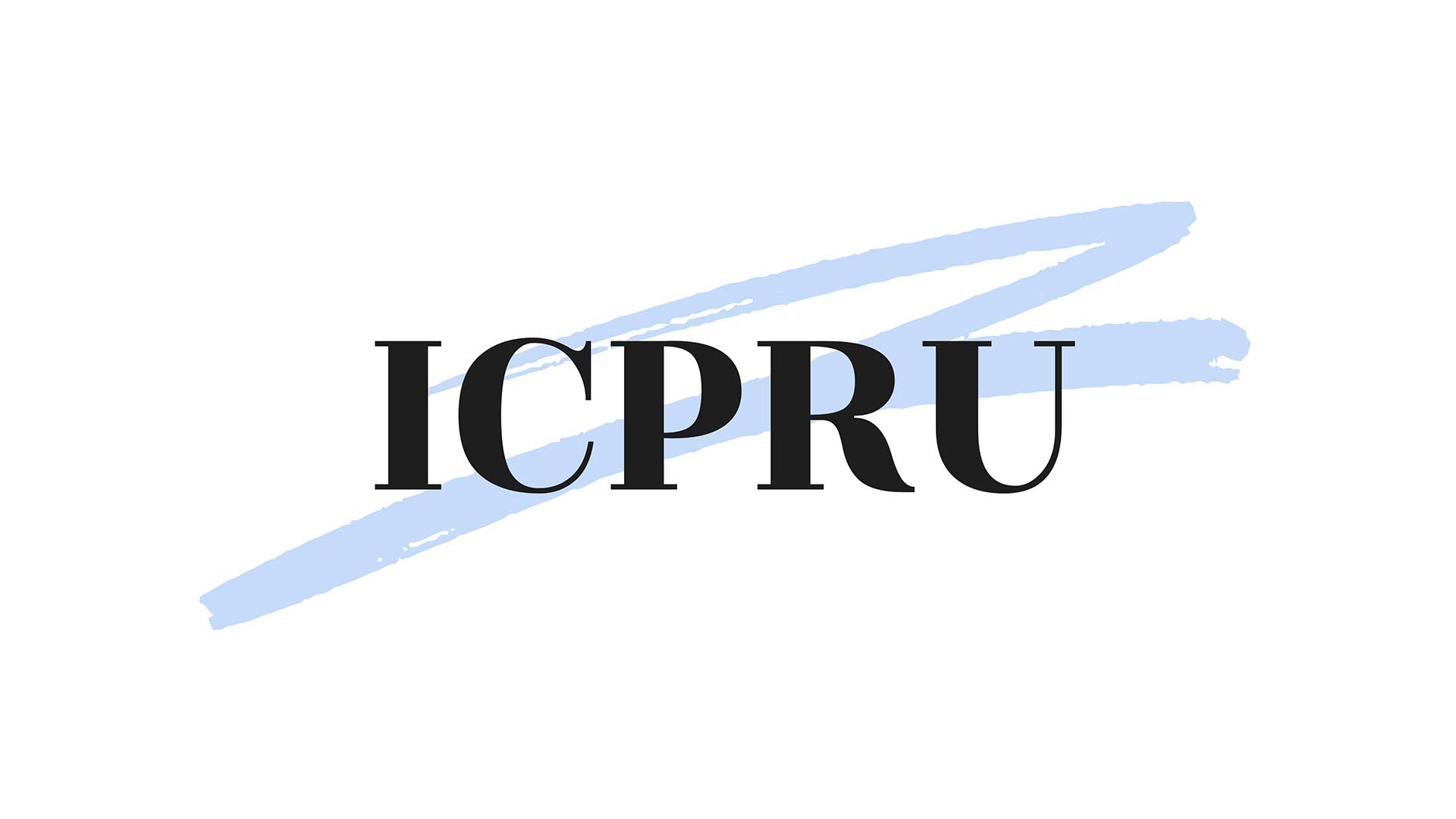
ICPRU
The International Clinical Practice Research Unit is a collaboration between the University of Huddersfield and Jordan University of Science and Technology

Research Degree opportunities
Postgraduate Research opportunities

Staff
Meet our team
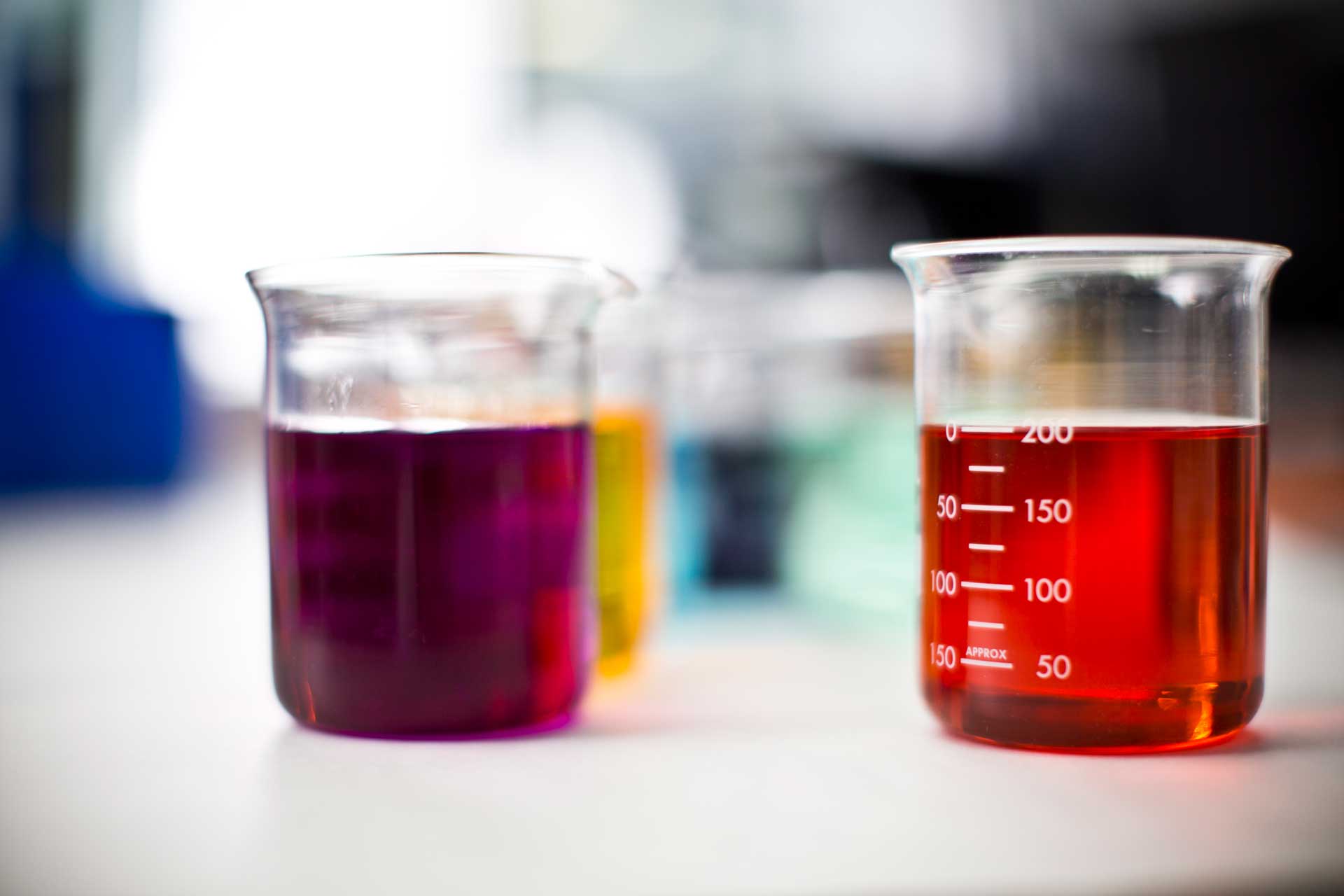
Outputs
Our publications and other research outputs

Huddersfield research portal
Search the public portal to discover our researchers, their research expertise and visualize connections among researchers.
Contact Us
Please contact us if you would like to discuss opportunities for working with the Centre or require further information. We welcome opportunities for new partnerships.
Centre Director: Professor Barbara Conway
School of Applied Sciences
University of Huddersfield
Queensgate
Huddersfield
HD1 3DH
email: b.r.conway@hud.ac.uk